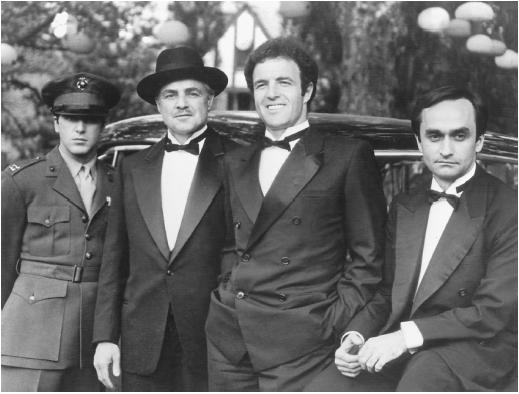I picked up The Film Criticism of Otis Ferguson with an insightful foreword by Andrew Sarris, who argues that Otis Ferguson was a precursor to André Bazin and early advocate of the Auteur theory, at the University of Ottawa library. The majority of the reviews are of esoteric films, many of which are not even available on dvd. But I managed to find a few interesting reviews for films I have seen that I decided to transcribe here. Mr. Ferguson passion for film art came out in his writing through his has apt ability to synopsize a film, describe the physical characteristics of actors and contextually provide an interesting perspective on pantheon directors.-David Davidson ***

The movies are always wonderful, but don’t say I sent you.
-Otis Ferguson
Otis Ferguson, 1907-1943, was a film critic for The New Republic during the 1930s and 1940s. The Film Criticism of Otis Ferguson compiles his reviews, capsules and essays from his stint at the paper.
On Grand Illusion (Jean Renoir, 1937)
It is about what happens to people-three French captives in particular, and the German commandant, and later the young German widow-in country behind the German lines; finally of the escape of two of the men... There is nothing to live for any longer, except to live-which becomes the main business of a strange, twisted world... But the truth is that in the special liquid form of pictures, an audience confused even for a moment is an audience losing altitude and that much heavier to get back up. A little more art (always as opposed to artifice or the arty) could have heightened the beauty and truth of this film, which already has as much as we've seen anywhere this year
On The Lady Vanishes (Alfred Hitchcock, 1938)
The Lady Vanishes is a typical work of that genius in the art of motion pictures, Alfred Hitchcock, the overstuffed and delightful gentlemen from London. But Hitchcock chooses to use his genius where it will do the least harm to the most effect, and so while everything he does has such speed and clarity it's a pleasure to sit there over and over and watch him work, he works frankly in surface motion. There are human interest and sympathy because his people are always right; but the action is violent, the need for it somehow unreal and emotion does not mature... But it's just the thing for Hitchcock, who has more fun with the people on that train than a barrel of monkeys-the fun compartments, drugs, guns, and evil. It's as much comedy as straight plot, in fact, and some of the exploration of the English mind is as neat as you'll see, done with relish and droll good humor, planted not only in dialogue and perfect delivery but in the concept of type and situation. The acting here, too, is all of a piece with the mood of the thing; but more than any of the English-speaking film men, Hitchcock is a one-man show, getting every detail straight in his head and the way he wants it before the first camera starts rolling. He is almost an academy, too, because no one can study the deceptive effortlessness with which one thing leads to another without learning where the true beauty of this medium is to be mined.
On The Birth of a Nation (The Birth of a Nation, 1915)
Although D.W. Griffith’s Birth of a Nation is practically a celluloid shrine in American art, the social hopers, busy as ever with line and page of text, have found its ideology to be not ideal and gone to work on it accordingly. Protests. Picket lines. Grave noddings of the head like a roostful of penguins. It doesn’t really matter that outside of some magnificent large-action scenes, The Birth of a Nation is more like an early primitive than a classic.
On The Maltese Falcon (John Huston, 1941)
The Maltese Falcon is the first crime melodrama with finish, speed, and bang to come along in what seems ages, and since its pattern is one of the best things Hollywood does, we have been missing it… Scene by scene, the picture has many good services-first of all those of the director, who has a genuine sense of suggestion and picture motion. Peter Lorre is never dull though much too often typed. There are Ward Bond, Barton MacLane, Gadys George, and Jerome Cowan, but the key man in the supporting cast is Sydney Greestreet, who does a marvelous and veteran creation, solid in the center of each scene, as the genial and menacing fat man. There is character in the picture and this, as well as the swift succession of its contrived excitements and very shrewd dialogue, is what gives the temporary but sufficient meaning required by its violent fantasy. And outside of the writer-director, the chief character influence in the story is Humphrey Bogart, a man of explosive action in an iron mask. He is not a villain here, though a pretty hard type; but it doesn’t make any difference: he has some of that magnetism you can feel through the screen; he is a villain with appeal. He has a good part here, a steady outlet for that authority and decision and hard level talk of his. But he fills it without trying and you’re with him.
Otis Ferguson,
The Film Criticism of Otis Ferguson, Ed. Robert Wilson, Temple University Press, Philadelphia, 1971, pp. 236-238, 260, 304, 390















